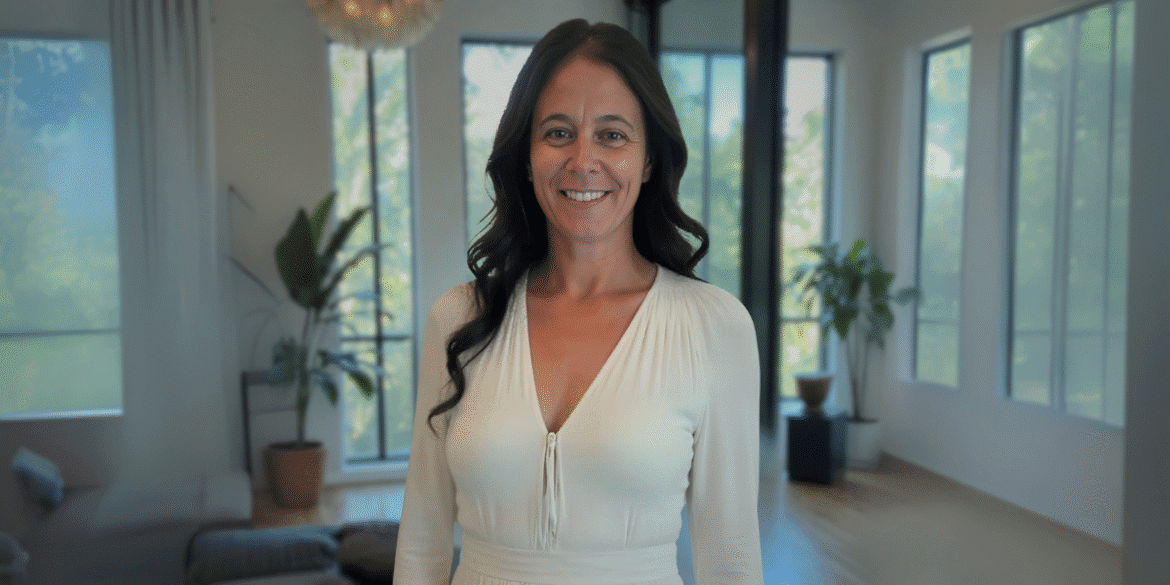Human connection is essential for mental and physical health, reducing stress, fostering development, and combating loneliness through face-to-face interactions.
It starts with a familiar scene: a family gathered in the same room, each person illuminated not by the glow of one another’s presence, but by the glow of their individual screens. The teenager scrolls TikTok, the parent catches up on emails, and the little one taps at a tablet. They’re together, but not really. The silence is heavy—not because there’s nothing to say, but because technology has filled the space once reserved for eye contact, laughter, and conversation.
This moment is no anomaly. It’s the quiet epidemic of our time: the illusion of connection in a world wired for distraction.
The Hidden Cost of Screens
Technology promised to bring us closer. Instead, it often keeps us apart. While messaging apps and social media platforms allow us to stay “connected,” the truth is that scrolling through curated feeds rarely satisfies the human brain’s deep need for belonging.
Endless comparison to other people’s highlight reels chips away at self-worth. Notifications hijack attention and leave conversations half-finished. Sleep is cut short by the lure of “just one more video.” For teens, especially, research shows heavy social media use is linked to rising rates of anxiety, depression, and loneliness.
The paradox is striking: never before have we had so many tools to communicate, and never before have so many reported feeling isolated.
Why Face-to-Face Still Wins
Human beings are wired for in-person connection. Our brains respond to smiles, tone of voice, and body language in ways no emoji can replicate. When we share a meal, walk with a friend, or laugh across a table, the brain relaxes. Stress drops. Energy returns.
Compare that to the numbing cycle of scrolling: dopamine spikes with each like or notification, but the payoff is shallow and fleeting. Instead of feeling nourished, we often walk away more restless, empty, and disconnected than before.
It’s no wonder that studies consistently rank loneliness and isolation as health risks on par with smoking or obesity. What looks like harmless screen time can, in excess, starve the very connections that keep us well.
The Digital Drift in Families
The loss is most visible in homes. Parents juggle work emails late into the night, while kids turn to games or influencers for entertainment. Dinner tables that once anchored conversation now compete with pings and buzzing devices. Even toddlers, exposed early to tablets, risk missing out on the playful back-and-forth with caregivers that literally builds their brains.
This isn’t about rejecting technology altogether. It’s about noticing when tools designed to connect are, in practice, keeping us apart.
Reclaiming Connection
So how do we reclaim what matters most? The answer isn’t grand gestures, but small, intentional shifts:
- Tech-free rituals. Protect family dinners, morning walks, or bedtime chats as screen-free zones.
- Prioritize presence. Replace passive scrolling with a call, coffee, or walk with someone you care about.
- Notice the bids. A wave from a neighbor, a child’s question, a friend’s quick text—respond to these small openings for connection.
- Model balance. Adults set the tone. When kids see parents reaching for phones instead of each other, they learn what connection looks like.
Every moment we look up from a screen is a chance to rebuild the bonds that technology often erodes.
When Loneliness Lingers
For some, the struggle goes deeper than simply “logging off.” Chronic loneliness, past hurts, or anxiety can make reaching out feel impossible. That’s where professional support becomes invaluable. A trusted therapist provides both tools and safe space to rebuild confidence, trust, and meaningful connection.
A Call to Choose People Over Screens
We live in a digital paradox: more connected online, more disconnected in real life. But the science is clear—our brains don’t thrive on likes or followers. They thrive on eye contact, laughter, and shared experiences.
If you’ve noticed your days filling with scrolling instead of conversation, it’s time to pause. Put the phone down. Look up. Say yes to the walk, the dinner, the hard but honest conversation.
Technology will always be there. But the moments we miss with each other? Those don’t come back.
For those ready to move from screen time to real time, professional support is available.
Heather Borgese, LCSW-QS, MHRM
Cell: (954) 513-7591
Email: He*****@************************ce.com
Website: www.GleaningsCounselingServices.com

